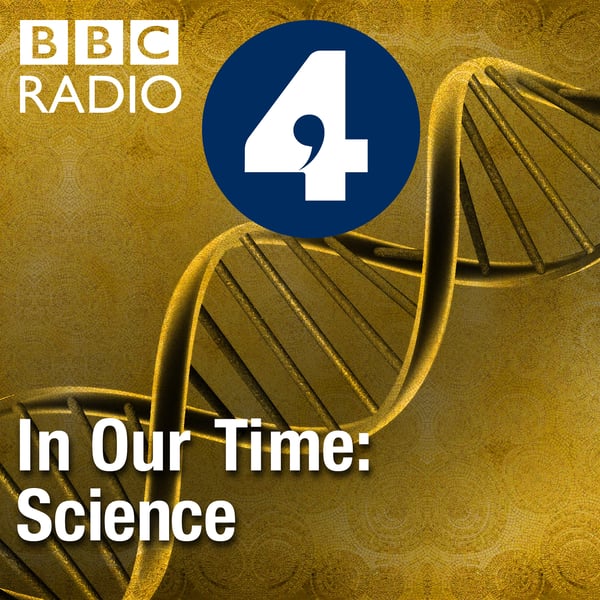Perpetual Motion
In Our Time: Science
BBC
4.5 • 1.4K Ratings
🗓️ 24 September 2015
⏱️ 46 minutes
🧾️ Download transcript
Summary
Transcript
Click on a timestamp to play from that location
| 0:00.0 | Thank you for downloading this episode of In Our Time, for more details about in our time, and for our terms of use please go to BBC.co.uk. |
| 0:08.0 | Radio 4. I hope you enjoy the program. |
| 0:11.0 | Hello, Perpetual Motion has intrigued some of the greatest names in science as they try to invent machines that could power themselves endlessly. |
| 0:18.0 | Leonardo da Vinci sketched a wheel to keep on turning, Robert Boyle worked on an apparently never-ending fountain. |
| 0:25.1 | They were designed for windmills, pumping bellows to drive their own sails and water wheels |
| 0:29.4 | recirculating their own mill streams. |
| 0:32.2 | To scientists, the designs were a way of exploring the laws of |
| 0:35.1 | nature. There were others though who claimed their inventions actually worked |
| 0:38.6 | promising and for free, a limitless supply of energy, supposedly another scientific miracle in the ages of discovery. |
| 0:46.2 | Many doubt it, among them Galileo, but none could prove perpetual motion was impossible. |
| 0:51.2 | That had to wait for the 19th century and two of the most robust laws in |
| 0:54.2 | science, the first and second laws of thermodynamics. With me to discuss perpetual |
| 0:59.1 | motion R. Ruth Gregory, professor of mathematics and Physics at Durham University, Frank Close, Professor Emeritus of Physics at the University of Oxford, and Stephen Brownwell, Professor of Physics and former Professor of Chemistry at University College London. |
| 1:14.0 | Frank Close, what does scientists mean by perpetual motion? |
| 1:17.0 | Well, the idea that you could have a machine, that once it was operating, could continue to run forever without needing any power |
| 1:25.9 | to keep it going that's the idea of perpetual motion and if it was possible it would |
| 1:31.0 | be fantastic in all meanings of the word and to give an example of the |
| 1:36.2 | problem what's happening right now I mean people are listening to this moment me speaking and whatever the device they're using my voice is |
| 1:46.3 | the sound of my voice is propagating through the air to their ears the sound energy |
| 1:50.4 | coming out of their radio or their laptop and where's that energy coming from? |
| 1:54.9 | Well it's coming ultimately from the battery power in their radio or the electrical power |
| 2:00.4 | supply from the socket and the wall or maybe they've got a wind-up radio that |
... |
Please login to see the full transcript.
Disclaimer: The podcast and artwork embedded on this page are from BBC, and are the property of its owner and not affiliated with or endorsed by Tapesearch.
Generated transcripts are the property of BBC and are distributed freely under the Fair Use doctrine. Transcripts generated by Tapesearch are not guaranteed to be accurate.
Copyright © Tapesearch 2025.

